An Interesting William III Scottish walnut and marquetry eight-day longcase clock John Groome, Holyrood House, circa 1700 The five finned pillar rack and bell striking movement with anchor escapement regulated by seconds pendulum, the 14 inch square brass dial with subsidiary seconds dial, calendar aperture and ringed winding holes to the concentric button decorated matted centre within applied Roman numeral chapter ring with elaborate fleur-de-lys half hour markers, Arabic five minutes to outer track and signed John Groome, Holyrood:house to lower margin, the angles applied with twin cherub and crown pattern spandrels, in a walnut and marquetry case with architectural ogee cornice and scroll-pierced blind fret frieze over fixed dial surround inlaid with wavy border flanked by Solomonic twist three-quarter columns to the front angles, the sides of the hood with rectangular glazed apertures and conforming quarter columns set against bargeboards to the rear, the trunk with convex throat moulding over 38 inch rectangular door decorated with three shaped marquetry panels incorporating symmetrical foliate scrolls within ebony and box triple-line borders and a walnut field with crossbanded margins, the ogee moulded base fronted with a conforming oval marquetry panel incorporating the initials H H within geometric line borders, (movement lacking quarter chiming train), 206cm (81ins) high. John Groom(e) is recorded in Baillie, G. H. Watchmakers and Clockmakers of the World as working in Edinburgh in 1703. The current lot is potentially of historical interest due to maker signing his place of work as being Holyrood House - the historic Royal seat of Scotland. This would suggest that the clock was either made in a workshop based within the curtilage of the palace itself or commissioned for one of the apartments there. The distinctive design of the marquetry veneers applied to the case of the current lot can be closely compared to those on a cabinet housed at the Topsham House Museum, Exeter (on loan from the Victoria and Albert Museum - museum number W.14:1, 2-1911 - illustrated in Bowett, Adam ENGLISH FURNITURE 1660-1714, From Charles II to Queen Anne on page 198; Plates 7.4-6). In particular the detail design of the foliate scroll-work and use of triple line ebony and box strung borders is remarkably similar suggesting that this cabinet was made in the same workshop as the case housing the current lot. The Topsham cabinet is noteworthy as it incorporates a commemorative panel depicting an equestrian figure beneath the initials T. W. I. and is dated 1688 to the door panels. A further potential connection with the current lot is that each side of the cabinet also incorporates the letter H within the marquetry. When considering this comparison a date of circa 1688 would seem too early for the current lot however Bowett notes the presence of second cabinet of identical design (illustrated in Edwards, Ralph Dictionary of English Furniture on page 167; Figures 12 and 13) which is dated 1698. This later date is essentially a perfect match for the date of the current lot both on stylistic grounds and record of the maker. Condition report disclaimer
An Interesting William III Scottish walnut and marquetry eight-day longcase clock John Groome, Holyrood House, circa 1700 The five finned pillar rack and bell striking movement with anchor escapement regulated by seconds pendulum, the 14 inch square brass dial with subsidiary seconds dial, calendar aperture and ringed winding holes to the concentric button decorated matted centre within applied Roman numeral chapter ring with elaborate fleur-de-lys half hour markers, Arabic five minutes to outer track and signed John Groome, Holyrood:house to lower margin, the angles applied with twin cherub and crown pattern spandrels, in a walnut and marquetry case with architectural ogee cornice and scroll-pierced blind fret frieze over fixed dial surround inlaid with wavy border flanked by Solomonic twist three-quarter columns to the front angles, the sides of the hood with rectangular glazed apertures and conforming quarter columns set against bargeboards to the rear, the trunk with convex throat moulding over 38 inch rectangular door decorated with three shaped marquetry panels incorporating symmetrical foliate scrolls within ebony and box triple-line borders and a walnut field with crossbanded margins, the ogee moulded base fronted with a conforming oval marquetry panel incorporating the initials H H within geometric line borders, (movement lacking quarter chiming train), 206cm (81ins) high. John Groom(e) is recorded in Baillie, G. H. Watchmakers and Clockmakers of the World as working in Edinburgh in 1703. The current lot is potentially of historical interest due to maker signing his place of work as being Holyrood House - the historic Royal seat of Scotland. This would suggest that the clock was either made in a workshop based within the curtilage of the palace itself or commissioned for one of the apartments there. The distinctive design of the marquetry veneers applied to the case of the current lot can be closely compared to those on a cabinet housed at the Topsham House Museum, Exeter (on loan from the Victoria and Albert Museum - museum number W.14:1, 2-1911 - illustrated in Bowett, Adam ENGLISH FURNITURE 1660-1714, From Charles II to Queen Anne on page 198; Plates 7.4-6). In particular the detail design of the foliate scroll-work and use of triple line ebony and box strung borders is remarkably similar suggesting that this cabinet was made in the same workshop as the case housing the current lot. The Topsham cabinet is noteworthy as it incorporates a commemorative panel depicting an equestrian figure beneath the initials T. W. I. and is dated 1688 to the door panels. A further potential connection with the current lot is that each side of the cabinet also incorporates the letter H within the marquetry. When considering this comparison a date of circa 1688 would seem too early for the current lot however Bowett notes the presence of second cabinet of identical design (illustrated in Edwards, Ralph Dictionary of English Furniture on page 167; Figures 12 and 13) which is dated 1698. This later date is essentially a perfect match for the date of the current lot both on stylistic grounds and record of the maker. Condition report disclaimer

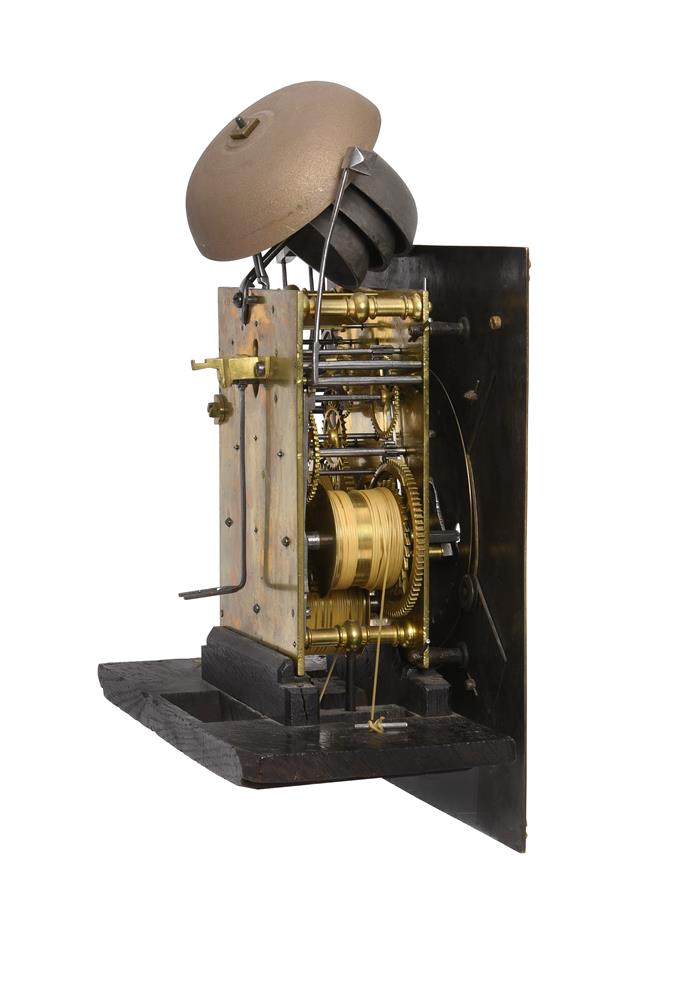
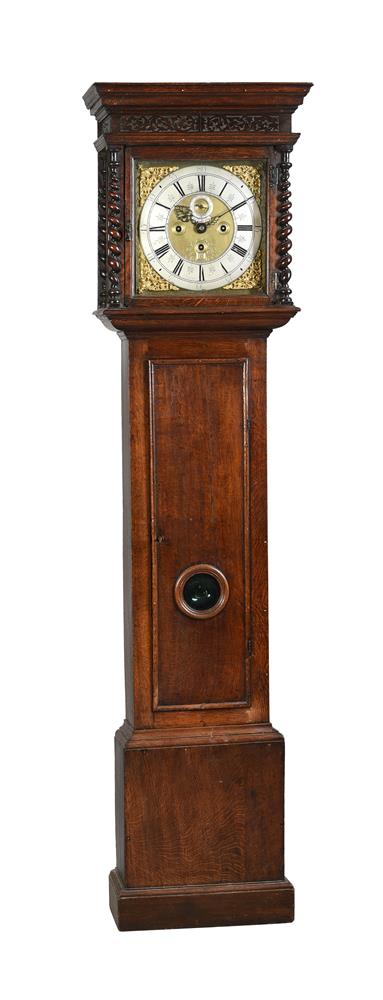
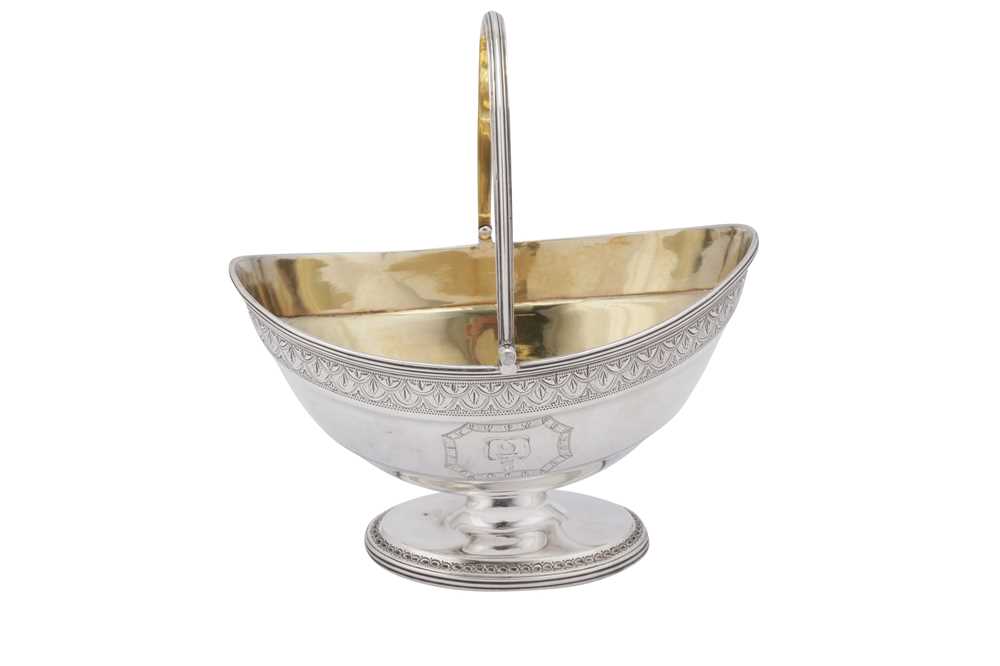





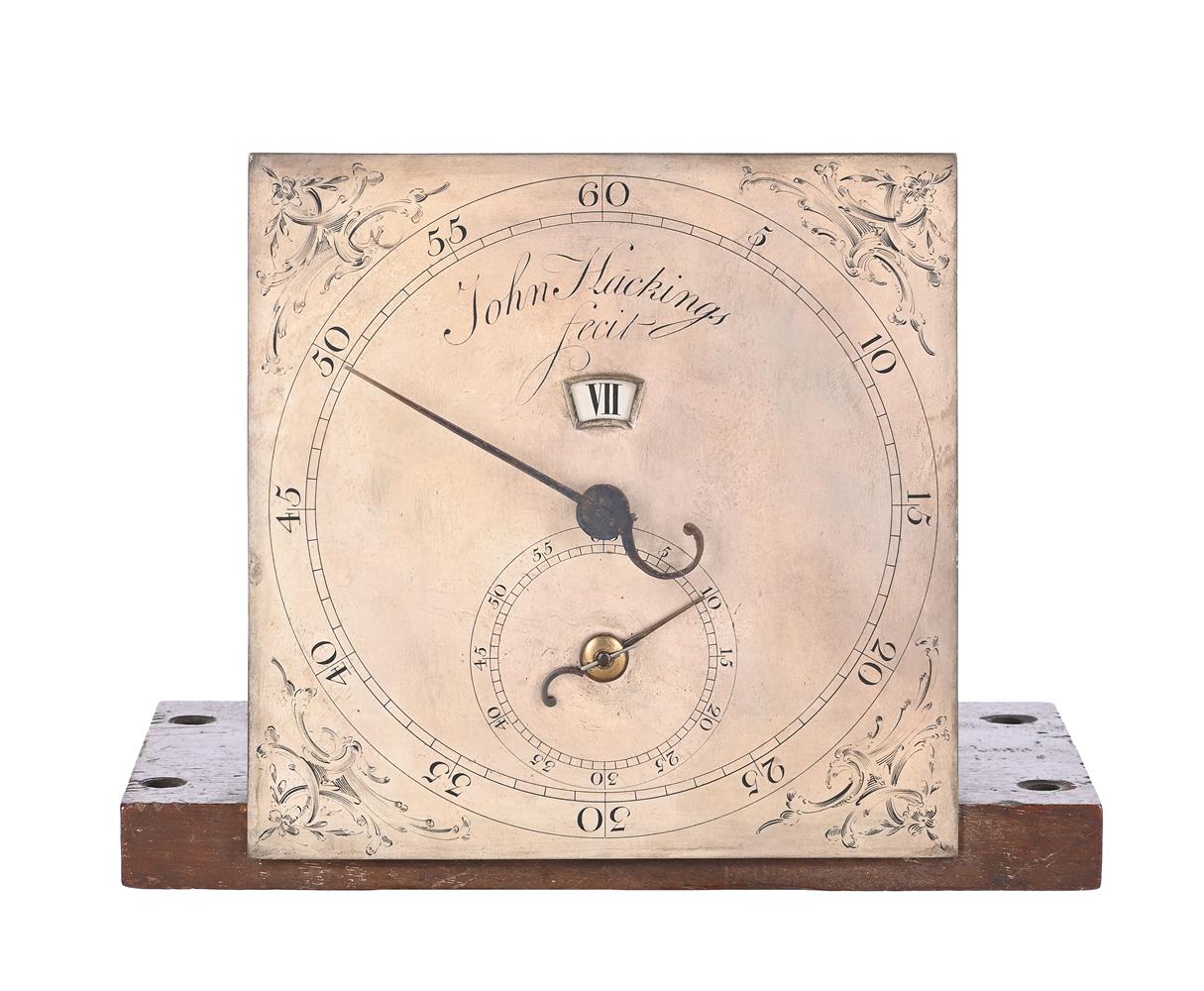

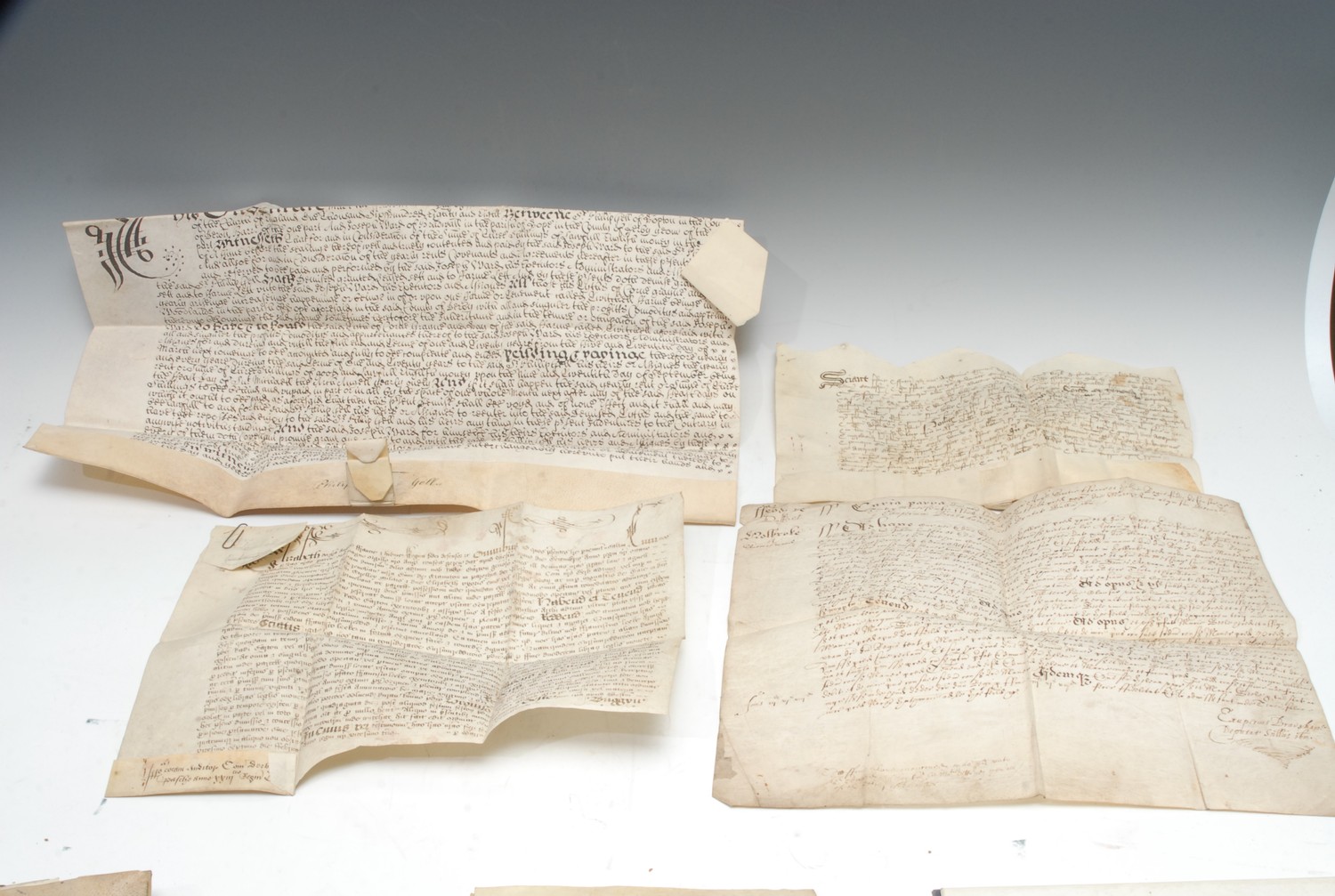



Testen Sie LotSearch und seine Premium-Features 7 Tage - ohne Kosten!
Lassen Sie sich automatisch über neue Objekte in kommenden Auktionen benachrichtigen.
Suchauftrag anlegen